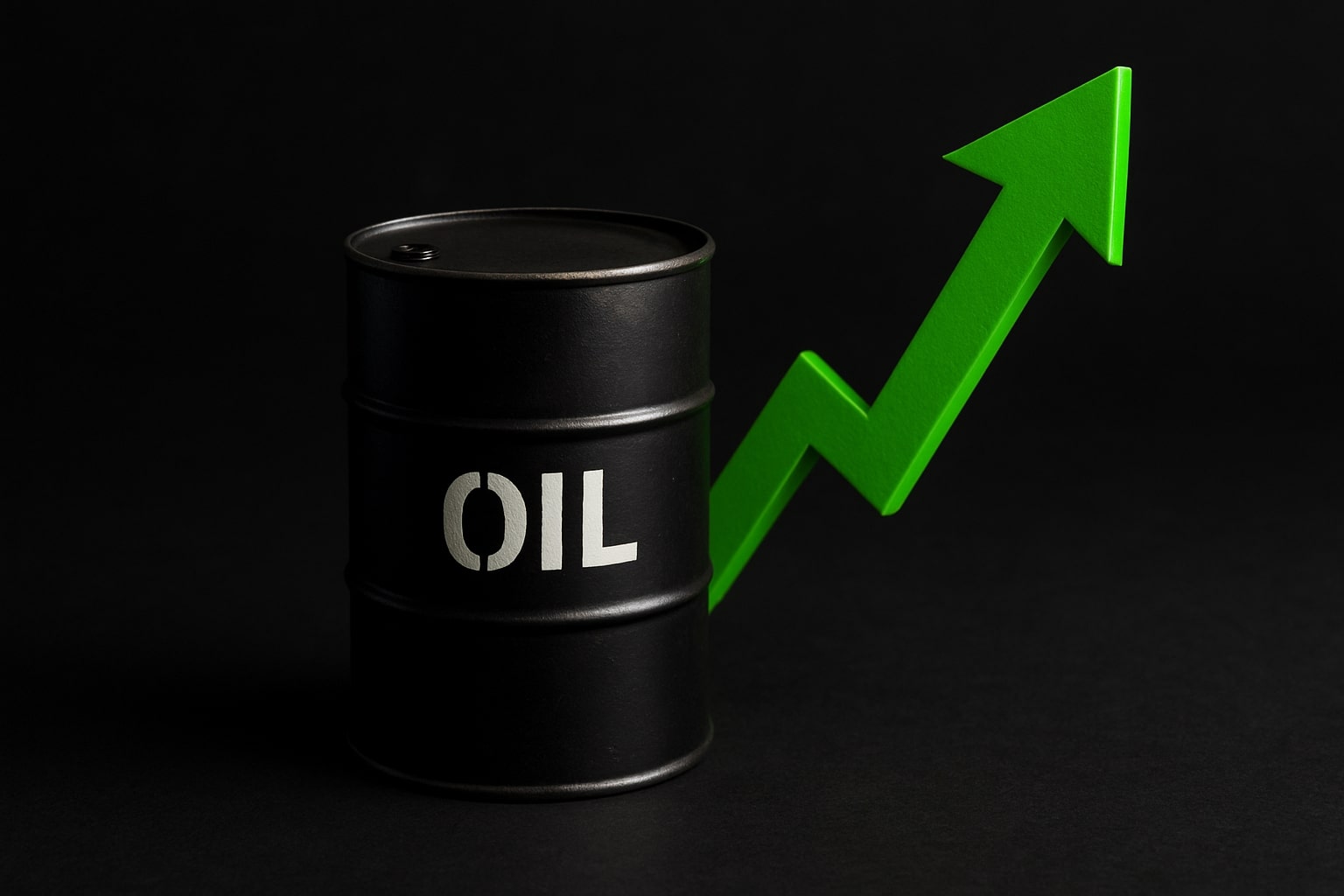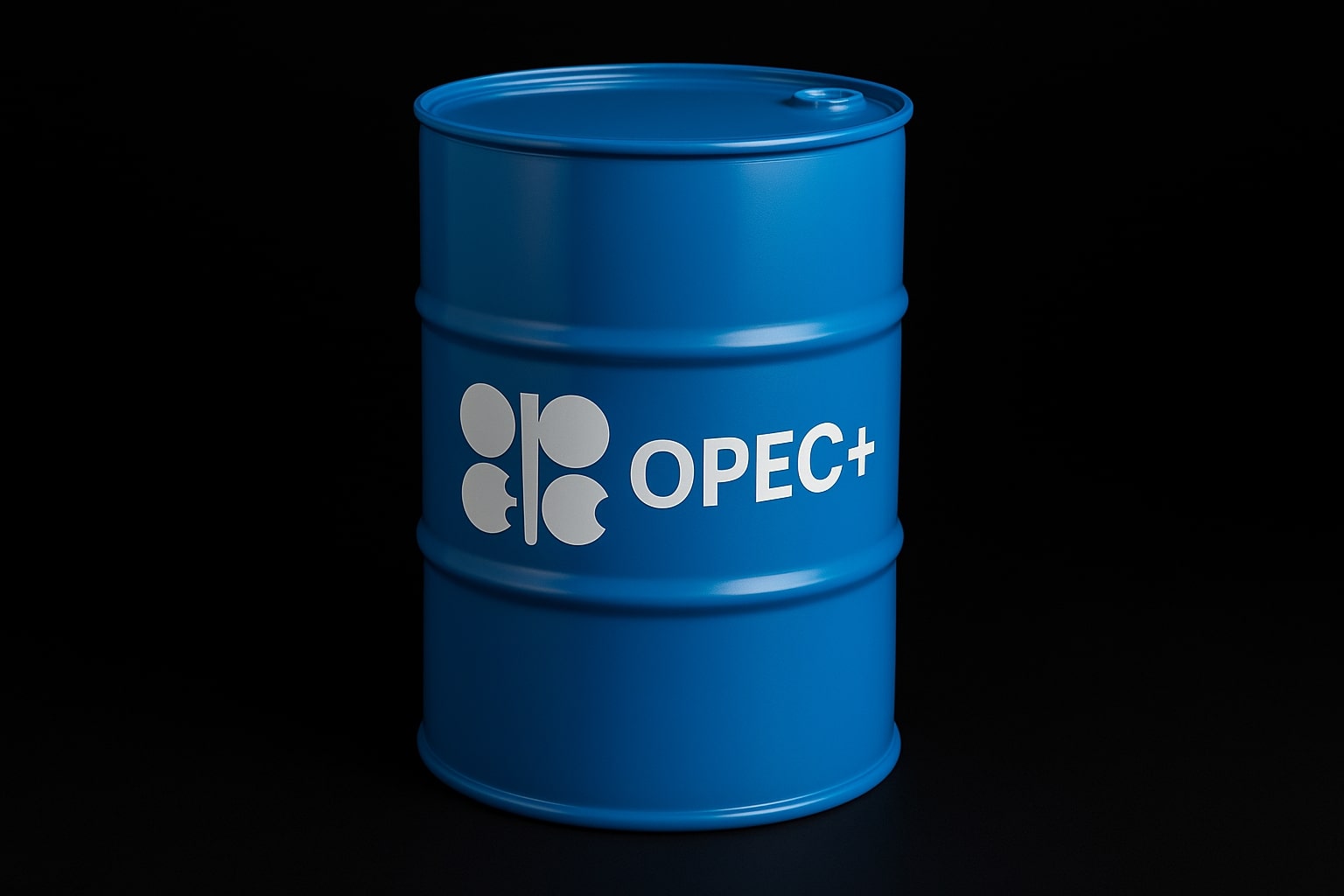
WTI And Brent Oil Prices Test $65-$68 — Can Summer Demand Overpower OPEC+ Supply Wave?
WTI at $64.64 and Brent at $66.58 aim for breakouts as CTAs trigger short covering, Canadian wildfires tighten supply, and U.S.-China trade hopes lift demand. Will oil stay bullish or reverse on rising output? | That's TradingNEWS
Oil prices eye breakout as trend funds trigger short covering
Oil markets opened the week with a cautious upward drift as trend-following commodity trading advisors (CTAs) edge toward short covering. Bank of America analysts note that CTAs’ heavy short positions could unleash a wave of buying pressure, with WTI (CL=F) testing $65.00 and Brent (BZ=F) hovering near $66.58 per barrel. These levels mark critical inflection points where a short squeeze could escalate gains rapidly.
CTAs and speculators reposition amid rising geopolitical tailwinds
The broader speculative community is showing clear signs of rebalancing. Speculators have boosted net long positions, with fresh buying dominating NYMEX WTI futures. ING strategists confirm a narrowing spread between WTI and Brent, highlighting improving sentiment in the U.S. market. At the same time, U.S.-China trade negotiations in London add a layer of optimism. Brent futures posted a 4% gain last week, while WTI surged 6.2%, reflecting heightened risk appetite.
Technical hurdles and near-term breakout levels for WTI and Brent
WTI (CL=F) continues to challenge the psychologically significant $65 mark, a zone reinforced by market memory as prior support turned resistance. Clearing this barrier opens a path toward $72.50 over the long term, with short-term pullbacks being actively bought. Meanwhile, Brent (BZ=F) faces resistance at $68, with its 200-day EMA near $72 providing the next target. Both benchmarks are benefiting from reduced selling pressure, as many speculative shorts have already been flushed out.
U.S.-China trade talks boost demand optimism despite weak Chinese data
Investor focus is trained on U.S.-China trade talks in London. A potential deal could invigorate global economic prospects and, by extension, oil demand. This bullish backdrop offsets weaker-than-expected Chinese macro data. China’s crude imports hit a four-month low in May amid refinery maintenance cycles, while exports slowed due to tariffs. Still, markets are betting on diplomacy to reignite demand, cushioning the impact of the current data softness.
OPEC+ output gains uneven, market surplus looms but fails to materialize
While OPEC+ has committed to adding 411,000 barrels per day through the summer, Morgan Stanley observes that real production increases remain elusive. Saudi Arabia has yet to significantly ramp up output. Actual gains could be closer to 420,000 bpd between June and September. Non-OPEC+ supply is rising faster than demand, with projected non-OPEC+ growth at 1.1 million bpd against global demand growth of 800,000 bpd. However, persistent underperformance from OPEC+ members is delaying the expected surplus.
Canadian wildfires and geopolitical hotspots lend support
Wildfires in Canada continue to crimp supply, providing further underpinnings to oil prices. Additionally, geopolitical risks are not abating. CNOOC is accelerating offshore developments in the Bohai and South China Seas, highlighting China’s strategic drive to secure domestic energy. Meanwhile, tensions over Taiwan and Middle East dynamics inject further risk premium into oil markets, helping sustain elevated price levels.
S&P Global warns of oversupply risk, but summer demand offers buffer
Despite recent strength, S&P Global Commodity Insights warns that oil could eventually slip below $50 this year as production outpaces demand. They project a 2.2 million bpd supply increase in H2 2025 versus just 390,000 bpd demand growth. However, summer driving season and geopolitical frictions may delay this imbalance. Brent’s average price forecast was cut to $63 from $72, with potential dips into the $40s if oversupply intensifies.
CNOOC’s production surge underscores China’s energy ambitions
China’s CNOOC continues aggressive capacity expansion. Recent installations in the Bohai and South China Seas target peak outputs of 10,000 barrels of oil equivalent daily. In 2024, CNOOC achieved record production of 720 million BOE, with 2025 plans focused on sustaining domestic crude reserves and boosting natural gas output. This strategy aligns with Beijing’s push to reduce reliance on imports amid intensifying geopolitical risks.
Buy, sell or hold? Oil faces a critical test in coming weeks
Oil markets sit at a pivotal juncture. The technical setup favors further upside, with WTI targeting $72.50 if $65 is breached convincingly and Brent poised to follow. However, macro risks—including a potential oversupply wave in late 2025—could cap gains. Near term, summer demand and trade diplomacy provide strong tailwinds. The risk-reward currently tilts bullish, favoring a hold-to-buy stance on oil, with tight stops advised given looming supply risks. CL=F at $64.64 and BZ=F at $66.58 remain well bid, but traders must watch U.S.-China headlines and OPEC+ compliance data closely in the weeks ahead.
That's TradingNEWS
Read More
-
BITQ ETF Soars 66.55% as Bitcoin Blasts Past $124,000 — Crypto Equities Lead 2025 Rally
13.10.2025 · TradingNEWS ArchiveStocks
-
XRP ETFs XRPR, XRPI Slip as Ripple XRP-USD Holds $2.62 — SEC Fast-Track Could Ignite $20B
13.10.2025 · TradingNEWS ArchiveCrypto
-
Natural Gas Price Forecast - NG=F Steadies at $3.00 as U.S. Export Boom Tests Old Fields
13.10.2025 · TradingNEWS ArchiveCommodities
-
USD/JPY Price Forecast - Dollar to Yen Climbs to ¥152.28 as Japan’s Political Shakeup
13.10.2025 · TradingNEWS ArchiveForex



















